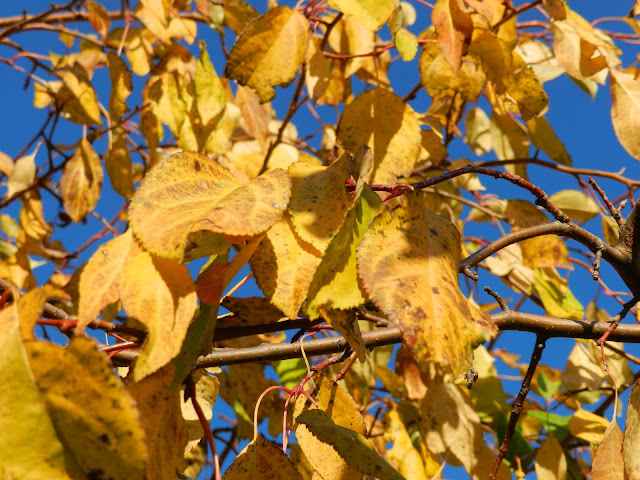Inspector Thomas Lynley is back at work again--this time
investigating a suspicious death in Cumbria, near the Lake District
immortalized in Wordsworth's poetry. The nephew of wealthy Bernard
Fairclough has drowned in what the coroner's investigation has ruled an
accidental death, but Lord Fairclough isn't so sure. In particular,
Fairclough is worried that his son Nicholas, a recovering drug addict,
might have been involved. Assistant Commissioner Hillier asks Lynley to
investigate the death as a favor to Fairclough, but to do it
discreetly.
Lynley, ever the gentleman, has no problem being discreet, but this
means keeping his mission and whereabouts a secret from Isabelle Ardery,
creating a strain in their relationship. He also has to avoid his two colleagues Barbara Havers and Winston Nkata; instead, Lynley enlists the aid
of his two long-time friends, Simon and Deborah St. James in uncovering
the truth about the drowning.
As the three of them visit the site of the drowning and interview
members of the Fairclough family, they find themselves no closer to the
truth about the victim's death. However, they do find a multitude of
secrets hidden by the Faircloughs, secrets that once revealed, threaten
to tear the family apart. Deborah St. James is especially drawn to the
case when she meets Nicholas Fairclough's wife, with whom she shares a
special bond; even when Lynley and her husband decide the investigation
is over, she refuses to give up until everything is out in the open.
Typical of an Inspector Lynley novel, there are many storylines
involved in this novel. Besides the various problems of the
Faircloughs, there is the ongoing story of Zed Benjamin, an aspiring
journalist working as a tabloid reporter. Trying to dig up "dirt" to
impress his editor and keep his job, Benjamin's sleuthing creates
somewhat of a problem for Lynley's investigation but also creates some
comic relief. And, of course, a Lynley novel wouldn't be complete without the trials of Sgt. Barbara Havers whose complete lack of style sense is a source of irritation for her boss, Supt. Ardery. In the process of trying to achieve a makeover, Havers enlists the aid of her new neighbor and begins to have a grudging admiration for her. Although the stories come together with a few surprising twists in the conclusion,
Believing the Lie is more about the characters than in solving a mystery.
As a long-time fan of Elizabeth George, I had fully intended to buy this book, but after reading a few readers' less than glowing reviews on various websites, I hesitated and checked it out of the library instead.
When I finished the book, I went back to read some reviewers' remarks again, puzzled by their criticisms. Yes, the resolution of Tim, the troubled son of the victim, is a little unbelievable, and the shocking secret revealed near the end isn't all that shocking. But neither of those points take away from the book's overall success. One criticism I do agree with is that there isn't enough of Barbara Havers. The loveable but sloppy Sgt. Havers does most of her detective work in this novel by sneaking around Scotland Yard to search the internet instead
of interacting directly with Inspector Lynley. But a surprise at the end--which I will not give away here!--suggests that she will have a much bigger role in the next book of this series, which should please all of her fans, including me.
I've been shocked by the ending of a George novel (
With No One As Witness) and totally depressed after another (
What Came Before He Shot Her),
but I've never been disappointed in her writing. Granted this novel
isn't as suspenseful as some of her earlier novels, but as I said,
George's books are as much about character development as plot. For first time readers of Elizabeth George, I highly recommend starting with the first of the Inspector Lynley novels to get to know the characters. For long-time fans, I would definitely recommend
Believing the Lie. As for me, I am eagerly awaiting the next in the series to find out what happens next!
Disclaimer: No compensation of any
kind was received for this review. I review only books I like and
think others would enjoy reading; I either purchase my own copy or, as
in the case of this book, check them out from my local library.
Click icon for more
book review blogs
@Barrie Summy































